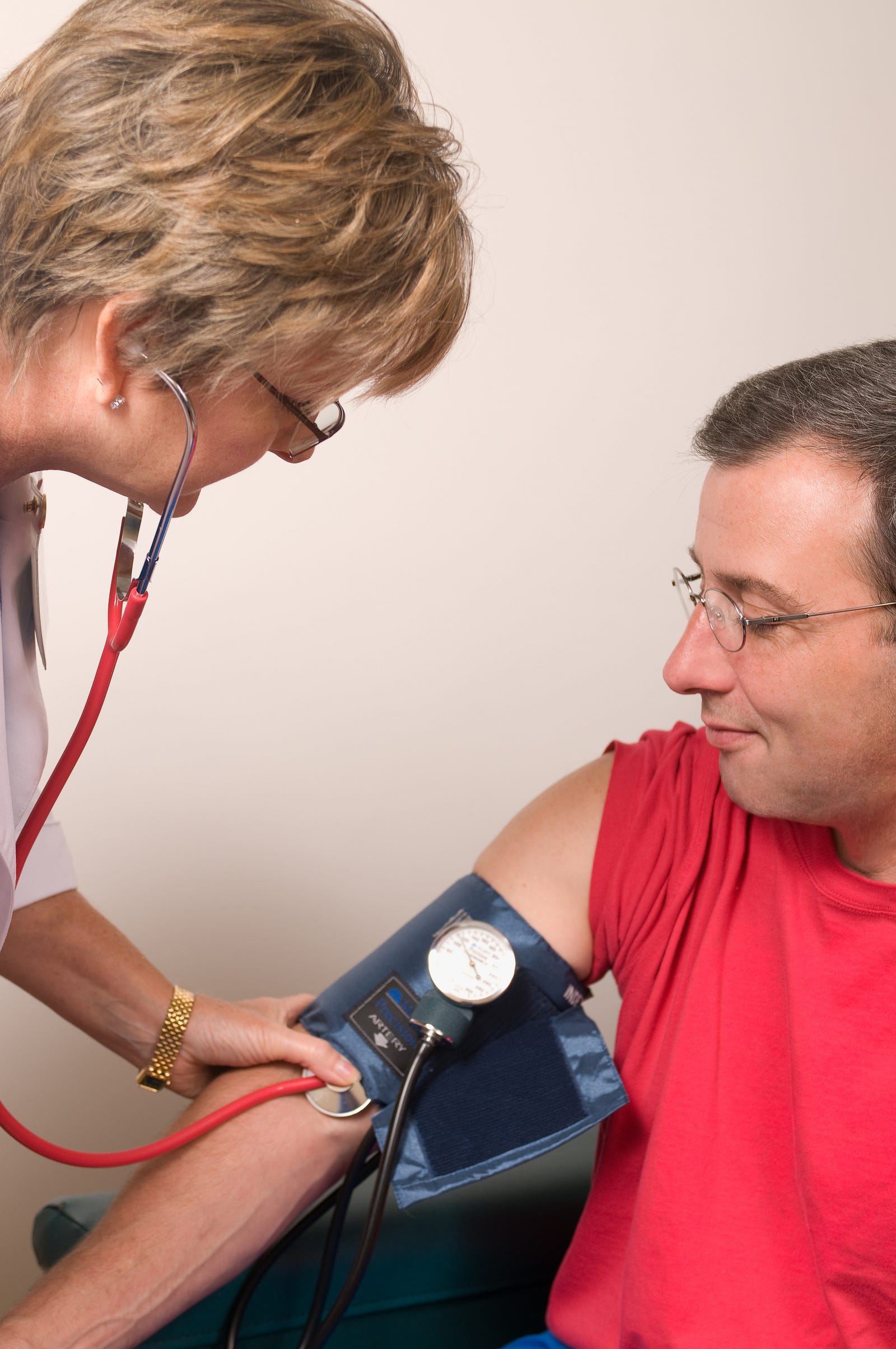MINDFULNESS BEHAVIOR PROGRAM PARTICIPATION appeared to be associated with a drop in blood pressure and greatly reduced sedentary time. These are the study findings presented at the American Heart Association (AHA) Scientific Sessions 2022. Today we explore how those with hypertension can use mindfulness to drop blood pressure.
High blood pressure is common and affects our arteries. If you have hypertension, the blood force pushing against the artery walls is too much, and the heart works harder to pump blood.
We measure blood pressure in millimeters of mercury (mm Hg). Generally, hypertension is a blood pressure reading of 130/80 mm Hg or higher.
How can you use validated mindfulness-based management strategies to address elevated blood pressure (hypertension)? With knowledge of hypertension risk factors, mindful awareness can drop blood pressure.
“if
the ocean
can calm itself,
so can you.
we
are both
salt water
mixed with
air.”
― Nayyirah Waheed
What is hypertension?
Here is a common way that high blood pressure (hypertension) can develop: Narrow blood vessels — arteries — create resistance to blood flow, elevating our blood pressure. Over the long term, this higher pressure increases the risk of heart disease (and other chronic diseases).
Hypertension is disturbingly common. Nearly half of the American adults meet the guideline-based definition of the condition.
Understanding blood pressure measurements
Two numbers create a blood pressure reading. Systolic pressure (top number) reflects the artery pressure when your heart beats, pumping out blood. Diastolic pressure (bottom number) reflects the pressure in your arteries between your heartbeats.

The American College of Cardiology and the American Heart Association divides blood pressure into general categories:
- Healthy blood pressure. Blood pressure 120/80 mm Hg or lower.
- Elevated blood pressure. The top number is 120 to 129 mm Hg, and the bottom number is below 80.
- Stage 1 hypertension. The top number is 130 to 139 mm Hg, and the bottom is between 80 and 89.
- Stage 2 hypertension. The top number is 140 mm Hg or above, or the bottom is more than 90.
- Hypertensive crisis: The systolic number is over 180 mm Hg, or the diastolic number is more than 120. Blood pressure in this range needs urgent medical attention. Emergency medical care is needed if symptoms like headache, chest pain, shortness of breath, or visual changes occur when blood pressure is high.
Mindfulness training and blood pressure
The researchers then compared how well the patients controlled their blood pressure for six months to another group of 100 patients having usual and customary care:
- A home blood pressure monitor
- Education on managing blood pressure
- Access to a doctor
In the new study, systolic blood pressure dropped by almost 6 mm Hg (on average) in people with hypertension who participated in an eight-week mindful awareness program as part of a randomized trial that included a usual-care control group.
The usual-care group had a home blood pressure monitor, high blood pressure management education, and access to a physician.
The intervention group members learned established mindfulness-training techniques to change diet, exercise, and other influences on the success of anti-hypertension therapy.
This six-point reduction was better than the 1.4-point drop associated with usual blood pressure care. Lead researcher Eric Loucks, director of the Mindfulness Center at Brown University (USA), explains that the results could be relevant to a patient’s health:
Previous research showed that a 5-point reduction in systolic pressure translates to a 10 percent lower risk of heart attack and stroke.
Loucks and colleagues engaged about 100 people with elevated and untreated blood pressure in weekly group mindfulness training sessions. These individuals also attended an all-day mindfulness retreat.

Mindfulness training enhances awareness of one’s thoughts, emotions, and physical sensations. This awareness can help us to pay attention to our responses and regulate emotions.
Further analysis showed that subjects in the mindfulness group appeared more likely to eat heart-healthy foods, exercise more, and indulge less often in sedentary behavior. Perhaps not surprisingly, the mindfulness intervention group experienced less stress than the control group.
Join Medium with my referral link – Michael Hunter, MD
Read every story from Michael Hunter, MD (and thousands of other writers on Medium). drmichaelhunter.medium.com.
Get an email whenever Dr. Michael Hunter publishes.
Get an email whenever Dr. Michael Hunter publishes. drmichaelhunter.medium.com.
The information I provided in this blog is for educational purposes only and does not substitute for professional medical advice. Please consult a medical professional or healthcare provider if you seek medical advice, diagnoses, or treatment. I am not liable for risks or issues associated with using or acting upon the information in this blog.
Thanks for joining me in this look at “How You Can Use Mindfulness to Lower Your Blood Pressure.”



 Why Doing Less Builds More Muscle (At Any Age)
Why Doing Less Builds More Muscle (At Any Age)





















